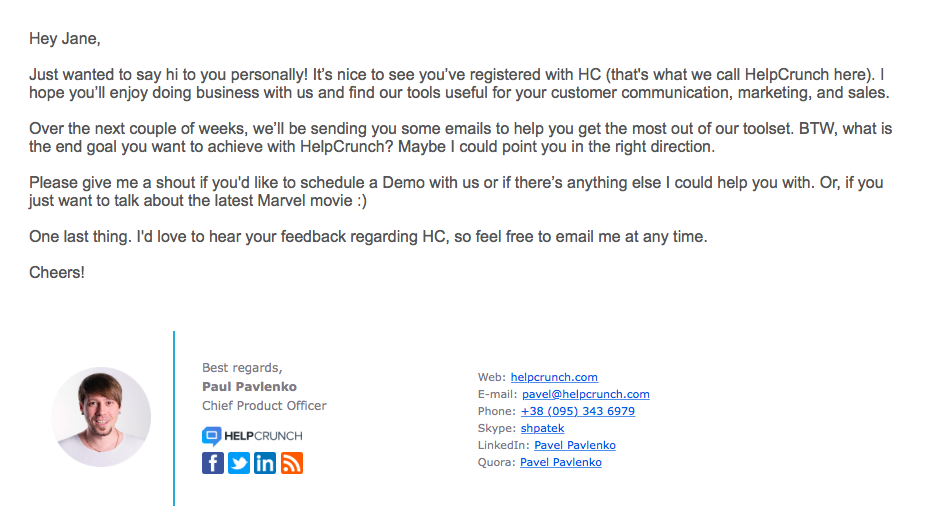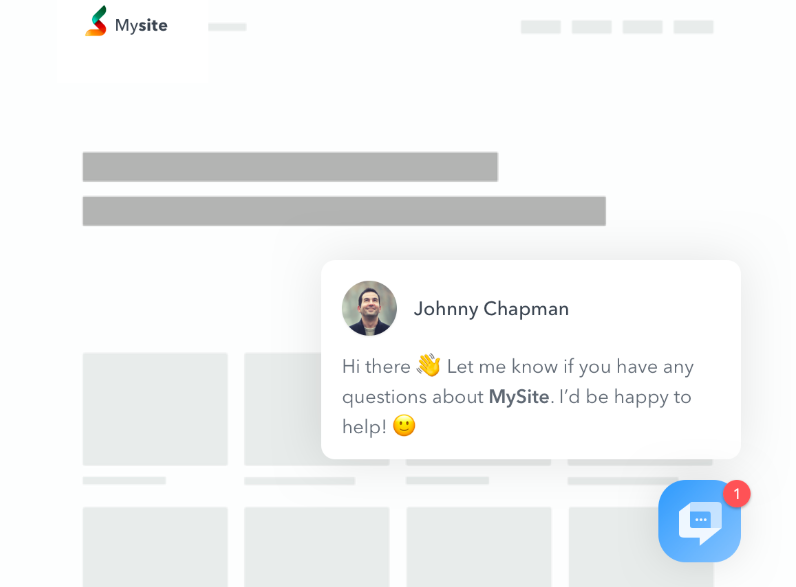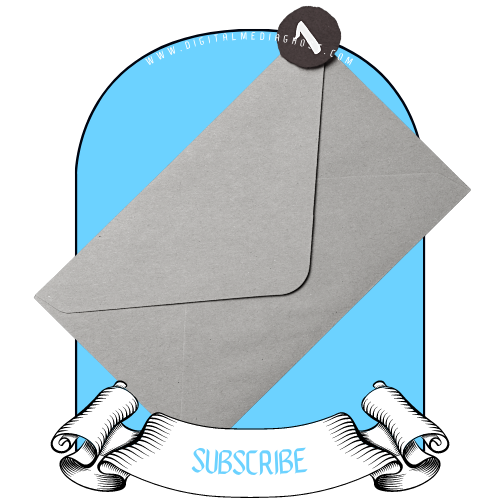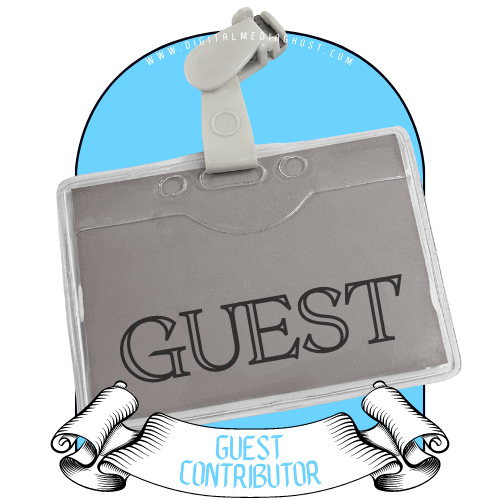5 concrete ways of increasing user engagement on your website.Obviously, the answer to the first question is not as simple as ‘everyone who visits my page’. Before you dedicate resources to engaging users, you need to find out some important information about your potential customers. You would want to know exactly when someone visits your pricing page or a strategically important landing page, and how long they stay there. If they are already using your services, find out the features of your product that they constantly use and what they’re missing out. Every tiny detail about your user’s behavior is a building block out of which your customer engagement strategy will be made of. Now, if you’ve been using some customer communication software on your website, you already know where to get this data. Such tools are often collecting your users’ behavioral data. If applied correctly, you could use it to discover exactly when and where you should send your customers a message for better engagement. And if you’re still on the fence about what tools to get, there are a couple of obvious, but quite pricey solutions like Intercom. If you’re a small business or just want to spend your money thoughtfully, I’d also recommend to look at some cheaper Intercom alternatives. But yeah, in any case just try them out and see which one fits your needs. Naturally, important behavioral factors vary from business to business and you should figure out yourself what works your company. Which period of inactivity you’d consider alarming? Which of your features your customers always forget about? Stuff like that. When you figure this part out, you just need to segment your customers and divide them into targeted groups. And then, well, target them with a personalized message that should be seen as written for them and nobody else. While factors do vary, the main idea behind customer engagement stays the same - it’s all about communicating with your clients. It’s about knowing their goals and the obstacles they encounter, and sending the right message at the right time. So, it’s all about communication, huh? Who would have thought :) Now, let’s finally talk about five concrete ways of increasing user engagement. 5 methods to increase your user engagement: In this part of article I want to talk in detail about how you can get higher conversion and increase your customer engagement numbers. 1. Welcome new signups People who have just signed up for your product is the most unreliable group of your customers. I sign up for a bunch of new products on a daily basis - just to forget about them the next day. It’s just that we love trying new stuff, and since almost all of the tools online have free trials, why on earth wouldn’t we? On the other hand, your task as a product owner is to make me stay: grab my attention right from the very beginning and show me why I should stick around for good. So, how do you do that? A simple greeting message after a sign up, be it via email or in-app, may be a good start. Greet your new customers, tell a little bit about what your company does and what it stands for, and most importantly, encourage them to start a conversation and ask you their questions. Here’s one of the examples of such a message: ask your new signups about the goals they want to achieve with your product. After all, achieving their goals is the most important part of the whole product experience for them. To give you a general idea of how it can look like, here’s a welcome message we at HelpCrunch use: 2. Onboard new signups So, a person has just signed up for your product and hopefully read your welcome message. Now what? At this point, they’re probably staring at your product’s interface and wondering what to do. They will ultimately click a few buttons, look at a couple features and, as it so often happens, will close the tab utterly confused. By all means, a certain level of dropout is only natural at this point. But what if you still could retain a big chunk of those new customers if you’d only explain your product to them a little bit? That’s where a customer onboarding process kicks in. You should start by outlining the most basic features of your product that are easy to understand and could be useful right from the beginning. Like, ‘here’s what you can do right now that will bring an instant result’. For instance, our product’s onboarding always starts with adding a live chat code to your website. Obviously, you need to provide a strong knowledge base for your customers - how-to articles, tutorials, beginners’ guides. But although having all this stuff is great, the most important thing at this stage is to tell your users what their first step should be and motivate them to take it. So, make sure to include this message into your welcome email or set up a contextual in-app notification. However, it’s a huge mistake to think that onboarding ends with this first message. And this brings us to the third tip. 3. Unfold your product gradually If you’ve managed to motivate a new sign up to use some of the basic features of your product, you’re doing great. So far. Some of your product’s functionality (well, most of it) may seem confusing or too advanced to a big number of users. Even more, some of them will never even find a lot of useful features. Your task here is to create a sequence of emails that will gradually expose your product. Don’t spam, don’t be too pushy, just be helpful. It’s quite easy to figure out which of your products’ features are often missed out on. Here’s where using customer communication tools I’ve already mentioned comes in. Just look at separate cases of users dropping out to spot a general pattern. With this insight, you can set up a sequence of emails which will tell your customers about additional features right at the time they’re doing to need them: not earlier than they can handle it and not too late to lure them back in. 4. Help your customers before they ask for it… ...or before they simply leave. Some people just don’t like to turn to customer support when they have a problem, while others don’t even realize they have access to one. But the end result is always the same: when they don’t understand something or face difficulties, they leave. You can prevent this using the same logic as in the previous step. You should spot on “problematic” parts of your product (like pages, where your customers stay longer than necessary, features they never use, etc.) and offer your help there by using in-app messaging. It’s called a proactive customer support (as opposed to reactive, where you only reply to incoming messages) and it can look just like this - a simple in-app message offering help: 5. Make a try to win some of your potential signouts back As I said, some of the customers will leave anyway. When someone’s cancelled a subscription, there’s nothing you can do about it - at this point. But you can try to stay one step ahead. With the help of customer communication tools, you can single out a group of customers who start to drift away. Again, the alarming signs vary for each product and you must figure out yours. The basic example is when someone’s been using your product every day and now they log in once a week or never use most of the features. When you define a few of alarming signs, you can divide your customers into groups by them. It’s useful for creating more personalized email templates, instead of a regular “Oh no, you haven’t used our product lately, we miss you”. When you send them out, ask those customers about their experience with your product. Don’t try to shame them into getting back to your product. Instead, try to explain to them how you’re planning to fix the issues they encountered. Bottom line: So yeah, we can spend all day talking about various tactics of user engagement, but in the end it all comes down to communicating. Talk to your customers regularly, listen to their feedback and be ready to help them at any time. They will appreciate that. |
Categories
All
Archives
November 2023
|
|
Locations:
New Orleans, LA Nashville, TN |
|
Digital Media Ghost @2020
|





 RSS Feed
RSS Feed
